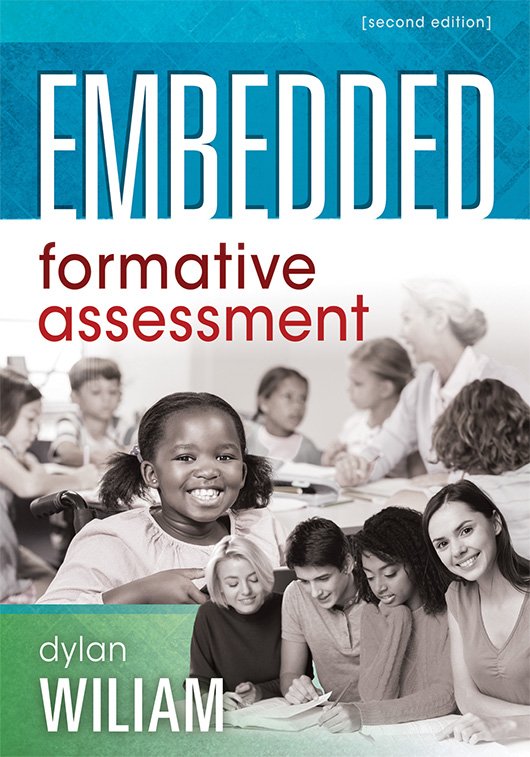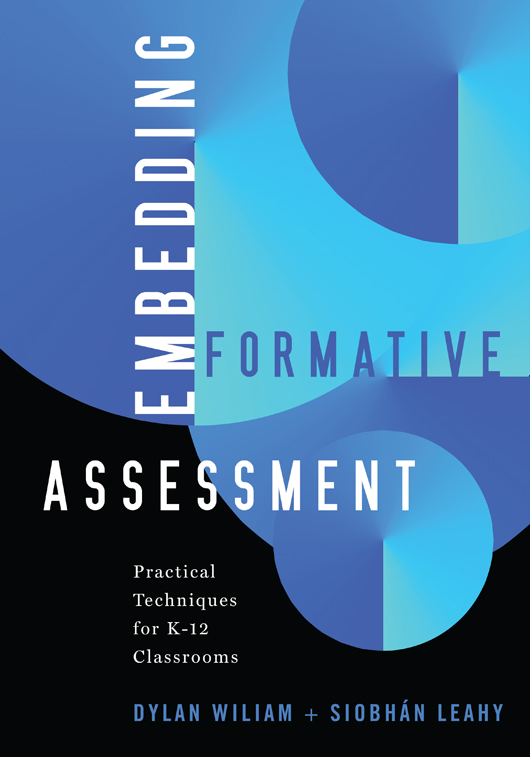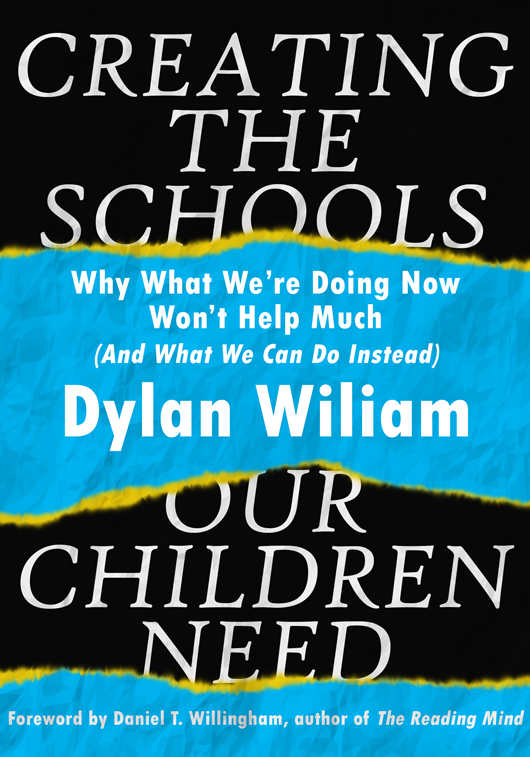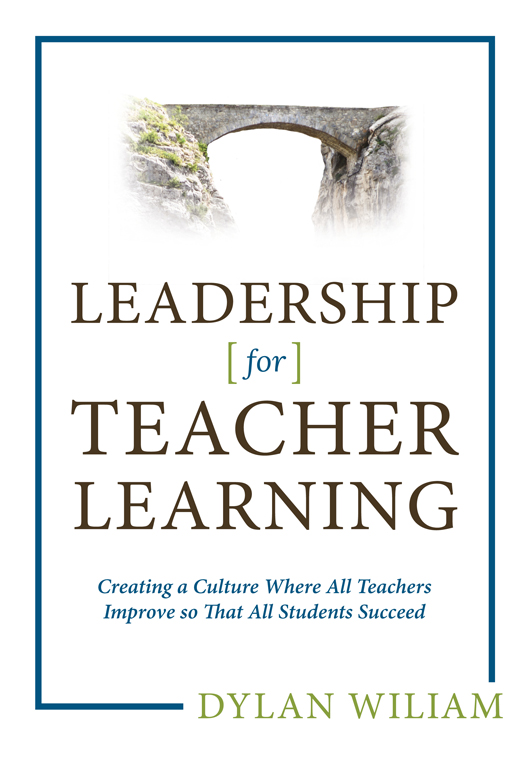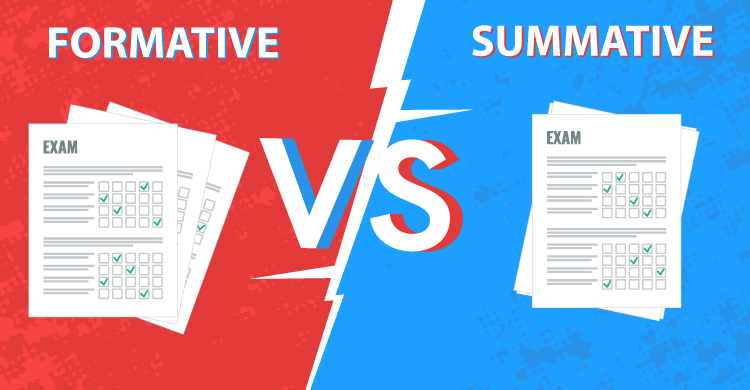

Resources from
Dylan Wiliam
Raise student achievement
Guaranteeing our future prosperity
Excerpt from Embedded Formative Assessment
Every generation believes it is witnessing unprecedented change—in society, in the world of work, and in the demands that are made of people. However, there are good reasons to believe that this time, it really is different. As Princeton economist Alan Blinder (2009) points out, as many as fifty million American jobs are at risk of being offshored by 2035. Some of these are low-skill jobs, but many are not. Although China has overtaken America as the world’s largest manufacturer, the average American worker is three to four times as productive as the average Chinese worker (United Nations Statistics Division, 2010). This is not because they work with more expensive equipment, but mostly because of intangibles such as ways of organizing work, the intellectual property being used, and so on (Kling & Schulz, 2009).
America became the world’s manufacturer in the second half of the 20th century because, between 1910 and 1940, it made extraordinary investments in mass public education for students up to the age of eighteen at a time when most other equally developed economies thought that education beyond the age of fifteen would be wasted on those not going on to higher education (Goldin & Katz, 2008). This investment created both a skilled workforce and a set of consumers who were well enough educated to be able to adopt the new technology (Bhidé, 2008).
The important feature of the investment that was made in educating America’s youngsters between 1910 and 1940 was that it did not try to predict the future, and it was successful precisely for that reason. The education provided was general education, not vocational training targeted at specific jobs. It is more, and better, general education for more of the population that will guarantee America’s future prosperity.
Reviews

The Tale of Two Books
Embedding Formative Assessment, Second Edition, and Embedded Formative Assessment have similar titles, but each book brings a wealth of knowledge and strategies to the table.
Embedded Formative Assessment, Second Edition summarizes several strands of research evidence that show classroom formative assessment is a powerful ever-changing practice. The book makes the case for formative assessment—both in terms of the “why” and the “what”—as well as providing suggestions for how to get started.
Embedding Formative Assessment focuses on the practicalities of implementing, and sustaining, the development of formative assessment in classroom.
Utilizing both books provides you with the research and strategies needed to develop effective practices of formative assessment.
Continue to Learn and Grow
Explore Dylan Wiliam’s collection of videos, eBooks, and reproducibles on Global PD Teams. With Global PD Teams, you will gain access to assessment strategies, tools for engaging learners, and more.
Start your free trialInstructional Strategies to Engage Students in Learning
Featured blog posts
Featured video
Meet the Author - Dylan Wiliam

